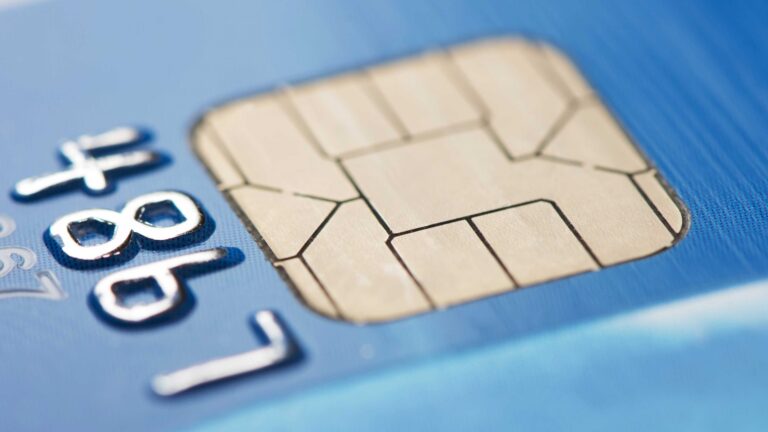How to Reduce Chargeback Risk from MOTO Transactions

Shopping has evolved at a rapid pace in modern times. Just a few hundred years ago, stores were relatively rare and generally small. Now, massive shopping malls are stuffed with stores selling vast ranges and quantities of goods, and online shopping offers even more choices and convenience. Merchants face stiff competition no matter their business model and reducing friction is often crucial for success. Just as flowing water takes the easiest path, many customers gravitate toward the most convenient and competitively priced shopping outlets, whether online or in-person.
One way to reduce friction is with MOTO, or Mail-Order/Telephone Order transactions. Before the World Wide Web took off, MOTO transactions were one of the most popular alternatives to in-person shopping. While online shopping is now preferred by many customers, mail-order and TV shopping is still projected to top $250 billion in 2024. Simply by offering another way for customers to shop, merchants can cater to differing tastes while reducing friction. MOTO is especially popular among older folks, many of whom aren’t comfortable with newfangled technologies.
Yet MOTO can create hazards for merchants as well. MOTO transactions are card-not-present (CNP) transactions with payment provided verbally over the phone or written down and mailed in. Unfortunately, CNP transactions can create additional security risks. A call center employee might think that she’s talking with a legitimate cardholder, but in fact, it could be a criminal on the line. Distinguishing a crook from a legitimate customer is all the more difficult over the phone or via mail.
MOTO Transactions Present Many Risks
Generally speaking, in-person transactions are viewed as more secure. EMV chips have made it very difficult to spoof credit cards, which hinders fraudsters. Further, staff members will have an opportunity to look for red flags, such as someone being overly nervous or trying to avoid cameras. With CNP orders, the merchant and customer won’t be meeting face-to-face, and EMV chips provide no protection when the card isn’t present.
Crucially, with card present (CP) transactions, liability often falls on the card issuer. With CNP purchases, liability typically falls onto the merchant, making CNP transactions inherently more risky. As such, it’s crucial for merchants to take steps to protect themselves.
Further, MOTO transactions can be more risky than online CNP transactions as well. Online transactions create a digital paper trail, and often there are easy-to-find and digest records of customer messages and data that can help prove the legitimacy of a transaction. Mail-order transactions can create a paper trail, but it may not be as detailed and easy to manage. Merchants could also record telephone conversations, but doing so is typically more cumbersome and expensive compared to online transactions.
Best Practices For Mail Order/Telephone Order Transactions
Yes, MOTO transactions present some heightened risks. However, by following best practices, along with using fraud and chargeback mitigation tools, merchants can reduce risks.
First, it’s wise to use an Address Verification Service (AVS). These services check to see if the address provided by the party making the transaction matches the addresses on file for the card. If the addresses don’t match up, it could signal fraudulent activity and you may want to pause and further verify the transaction.
Merchants also need to make sure that they get the Card Verification Value (CVV) for the credit or debit card. CVVs are three or four-letter codes found on cards (usually on the back, near the signature, but sometimes on the front.) If you fail to get the CVV for a CNP transaction, you’ll likely lose any chargeback dispute that arises.
You can also use two-factor authentication (2FA) with telephone orders. With 2FA, the customer will need to provide a second identifying factor. For example, a code could be sent to the phone number a customer has on file in their account with a merchant.
There are also a variety of tools merchants can use to fight chargebacks and fraud. We’ll explore that further below. Keep in mind that security practices and tools are constantly evolving. Artificial Intelligence and other advances should empower more robust security tools going forward, but criminals are also leveraging AI.
Should Merchants Offer MOTO Transactions?
Generally speaking, the more avenues a merchant offers customers looking to make purchases, the better. MOTO transactions allow merchants to tap into a less tech-savvy customer base that still wants to enjoy the convenience of shopping from home.
That said, increased risks do make it necessary for merchants to take steps to protect themselves. One option is simply not supporting MOTO. Merchants can also develop robust anti-fraud protocols and use tools and strategies aimed at preventing, deflecting, and when necessary, rebutting chargebacks.
ChargebackHelp offers a variety of tools that merchants can use to accomplish all of the above and more. Simply setting up tools that make chargeback representment easier can go a long way. Further, merchants can train staff to watch for warning signs of fraudulent transactions. With the right approach to combating fraud and chargebacks, merchants can turn MOTO into a valuable revenue stream.






